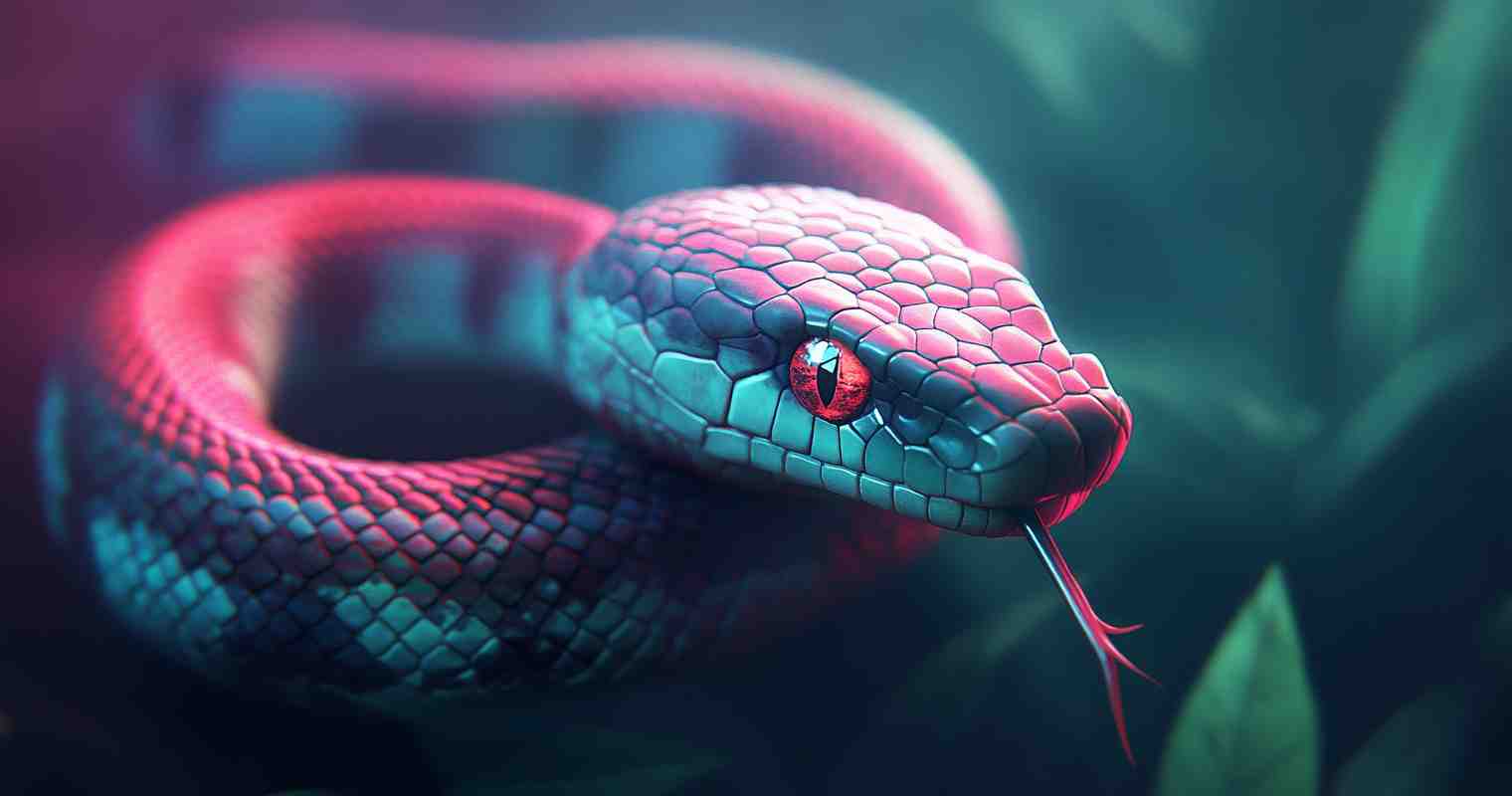
Boa Quiz How Much Do You Know About These Powerful Constrictors? Slithering through tropical forests, grasslands, and even deserts, boas are some of the most fascinating and powerful snakes in the world. Known for their incredible strength, stealthy hunting skills, and striking patterns, these non-venomous reptiles have intrigued scientists and snake enthusiasts for centuries. But how much do you really know about these muscular constrictors? Take our Boa Quiz and put your snake knowledge to the test!
Boas belong to the family Boidae, a group of large, non-venomous snakes that subdue their prey through constriction rather than venom. Unlike pythons, which lay eggs, most boa species give birth to live young, a rare trait among large snakes. The boa family includes a diverse range of species, from the famous boa constrictor to the massive green anaconda, the heaviest snake in the world.
Boas: Masters of Ambush and Constriction
These snakes are ambush predators, relying on their cryptic coloration to blend into their surroundings. They strike with lightning speed, coiling their muscular bodies around their prey and squeezing tightly until their target can no longer breathe. Despite their formidable hunting techniques, boas are generally docile around humans and are commonly kept as pets.
Mind-Blowing Boa Facts That Might Surprise You
🐍 Boas Can Sense Heat with Special Pits – Like pythons, boas have heat-sensing pits along their mouths that allow them to detect warm-blooded prey in total darkness.
🐍 The Green Anaconda is the Largest Boa and the Heaviest Snake – Found in South America’s swamps and rivers, these giants can exceed 20 feet in length and weigh over 200 pounds!
🐍 Boas Don’t Crush Their Prey – Despite popular belief, constrictors don’t break bones or “squeeze the life out” of their prey. Instead, they apply pressure that cuts off circulation, causing rapid unconsciousness.
🐍 They Can Live Over 30 Years – Many boa species, including the boa constrictor, can live for three decades or more in captivity with proper care.
🐍 Boas Are Expert Swimmers – Some species, like the anaconda, are highly aquatic and can hold their breath underwater for long periods to ambush prey.
Boas in Mythology, Culture, and Conservation
Boas have long been featured in myths and folklore, often symbolizing power, mystery, and transformation. In many Amazonian cultures, the green anaconda is considered a sacred creature, representing the spirit of the water. Some legends even speak of giant mythical serpents ruling over rivers and lakes.
While many boa species are thriving, habitat destruction and the pet trade pose threats to some populations. The rarest species, such as the cropan’s boa from Brazil, are critically endangered, highlighting the need for conservation efforts to protect these remarkable snakes.
Are You Ready to Take the Ultimate Boa Quiz?
Whether you’re a snake enthusiast, a reptile lover, or just fascinated by these powerful constrictors, this Boa Quiz will challenge what you think you know about these legendary serpents. From their hunting techniques to their unique adaptations, there’s always something new to discover about boas.
So, are you ready to test your knowledge and prove your expertise? Take the Boa Quiz now and find out! 🐍🌿
